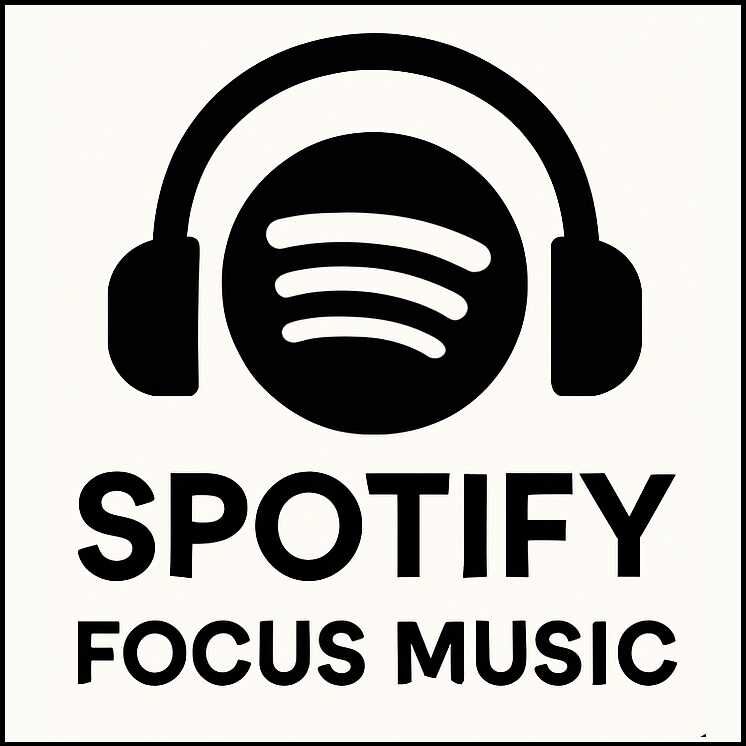“In a world that never stops, music can still whisper: breathe.”
Introduction: Why We Seek Silence in Sound
We live in a century of acceleration — scrolling minds, racing thoughts, and chronic noise, both around and within. In this restlessness, we long not merely for quiet, but for peace. And here, relax music finds its place.
Not all silence is healing. Sometimes it is too empty. Music that relaxes does not simply fill the void — it shapes it. It offers softness without demand, presence without pressure.
From ancient chants to ambient waves, from soft piano to synthesized textures — relax music is the art of making space inside the mind. It is sound as sanctuary.
Chapter 1: The Science of Relaxation Through Music
1.1. How Music Influences the Nervous System
When we listen to relaxing music, something profound happens:
-
The parasympathetic nervous system activates
-
Heart rate slows
-
Blood pressure drops
-
Cortisol (stress hormone) decreases
-
Alpha brainwaves (8–12 Hz) increase
The body moves from “fight or flight” into “rest and digest.”
Neuroscientific studies show that music with a tempo of 60–80 BPM, minimal harmonic shifts, and soft dynamics can slow breathing and promote emotional regulation.
1.2. Brainwave Entrainment and Relaxation
Relaxing music often encourages alpha and theta wave states — associated with:
-
Daydreaming
-
Deep meditation
-
Creative flow
-
Emotional healing
Binaural beats or isochronic tones tuned to 4–8 Hz can gently guide the brain toward these frequencies, helping listeners drop out of anxiety and into calm presence.
Chapter 2: A Brief History of Relaxation Music
2.1. Ancient Roots
Even before the word “music” existed, humans used sound for calming:
-
Humming and lullabies in tribal cultures
-
Gregorian chants in monastic silence
-
Indian ragas for evening rest
-
Shakuhachi flutes in Zen Buddhism
Relaxation through music predates medicine.
2.2. The 20th Century and Ambient Music
In the 1970s, Brian Eno coined the term ambient music — a genre designed to “induce calm and a space to think.” His album Music for Airports laid the foundation for modern relax music: slow, minimal, immersive.
Since then, artists like Harold Budd, Stars of the Lid, Aphex Twin (ambient works), and Max Richter have expanded the language of relaxation in sound.
Chapter 3: Types of Relaxing Music
3.1. Ambient
Floating textures, gentle drones, slow evolution — ambient music offers no direction, no demand. It’s like lying in fog.
Great for:
-
Meditation
-
Sleep
-
Mental recovery
Key artists: Brian Eno, Biosphere, Hammock, Steve Roach
3.2. Soft Piano and Neo-Classical
Emotionally resonant, simple in form — solo piano pieces calm the nervous system while gently engaging the heart.
Great for:
-
Evening wind-down
-
Emotional processing
-
Journaling
Key artists: Ludovico Einaudi, Olafur Arnalds, Nils Frahm
3.3. Nature Sounds and Field Recordings
Water, wind, birdsong — sounds of the earth that remind us we are still animals. Often layered with subtle ambient textures.
Great for:
-
Mindful walks
-
Stress relief
-
Background during rest
Sources: Nature Soundscapes, Dan Gibson’s Solitudes, Calm Radio
3.4. Binaural and Isochronic Beats
Not music in the traditional sense, but sound tools that stimulate brainwave states.
Great for:
-
Deep meditation
-
Sleep cycles
-
Nervous system reset
Available through apps like Brain.fm, Endel, or YouTube playlists.
3.5. World and Ethnic Music
Traditional instruments like the hang drum, Native American flute, sitar, or kora carry centuries of calming cultural intent.
Great for:
-
Mindful movement
-
Bodywork
-
Rituals
Chapter 4: The Components of Relaxing Music
| Element | Purpose in Relaxation |
|---|---|
| Slow tempo | Syncs heartbeat and breath to calm pace |
| Minimal rhythm | Avoids arousal or dance impulses |
| Soft dynamics | Prevents startle reflex |
| Repetition | Encourages hypnotic trance |
| Warm harmonies | Invokes safety and emotional openness |
| Lack of lyrics | Reduces cognitive load and distraction |
“Relaxing music is not silence. It is the soft architecture of silence.”
Chapter 5: How to Use Relaxing Music Effectively
5.1. As a Daily Ritual
Build a wind-down habit — the same way athletes warm up, the mind needs to cool down.
Examples:
-
30 minutes of ambient music after work
-
Lo-fi piano before bed
-
Breathwork sessions with nature sounds
5.2. During Transitions
Use music to shift between mental states:
-
After conflict → calm playlist
-
From work to rest → soft instrumentals
-
After screen time → field recordings or drone music
5.3. For Mental Health
Relax music can support:
-
Anxiety reduction
-
Depression management (by offering safe, non-verbal emotional support)
-
Insomnia relief (music can entrain the body into pre-sleep rhythm)
Many therapists now include curated playlists in trauma-informed therapy.
Chapter 6: Personalized Relaxation Music
There is no one-size-fits-all. What relaxes one may irritate another. To find your sound:
-
Reflect: Do you relax with emotion (piano)? With emptiness (ambient)? With nature (water, wind)?
-
Test: Try different genres, artists, and tempos
-
Repeat: Create anchor songs — pieces that, over time, become emotional signals for calm
Chapter 7: Mistakes to Avoid
❌ Music That’s Too Stimulating
Even if soft, music with emotional spikes (like unexpected chord shifts or dramatic swells) can jolt the listener.
❌ Overuse of Vocals
Lyrics engage language centers in the brain, which can increase internal chatter.
❌ Constant Use
Sometimes the best way to appreciate music’s power is to spend some time without it. Use it as a tool, not a crutch.
Chapter 8: Relax Music for Specific Contexts
| Situation | Ideal Music Style |
|---|---|
| Sleep preparation | Ambient, low-frequency drones |
| Post-anxiety decompression | Soft piano, warm synth pads |
| Gentle yoga or stretching | World music, hang drum, slow ambient |
| Reading or journaling | Instrumental neoclassical |
| Nature walks | Field recordings + soft drone |
Conclusion: A Soundtrack for Stillness
In the end, relaxing music is not about pleasure. It’s about presence.
It invites the listener not to escape the world, but to return to it — with a slower breath, an open heart, and a quieter mind.
In the age of noise, to choose silence in sound is a kind of rebellion.
A gentle one.
A necessary one.
“Let it play. Let it soften you. Let it remind you: you are allowed to stop.”

